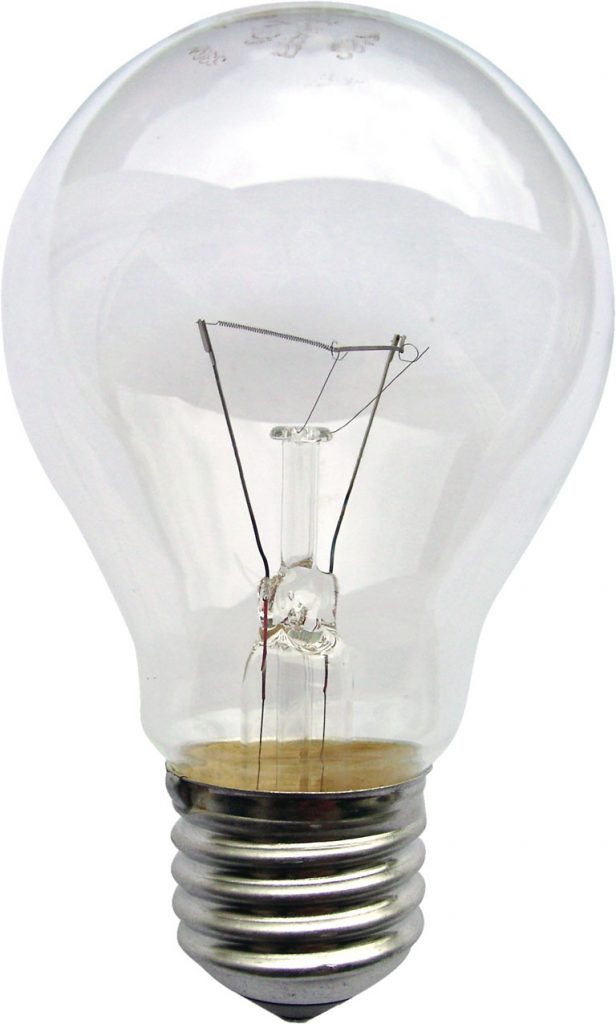
Energy-efficiency standards for lightbulbs that were set to take effect next year have been reversed by the Department of Energy (DOE). The new standards, set to go into effect in January 2020, aimed to gradually phase out incandescent and halogen bulbs. Now, the decision from the DOE eliminates efficiency standards for about half the bulbs on the market.
Energy legislation implemented under President George W. Bush in 2007 included the new standards to make commonly used bulbs more efficient. When first proposed, the rule was supported by lightbulb manufacturers and was approved with bipartisan support in Congress. The standards were finalized under the Obama administration in 2017 and scheduled to go into effect at the beginning of 2020, giving manufacturers time to modify their products.
The DOE has argued it is not rolling back energy efficiency standards because they are changing the definition of which lightbulbs the rule applies to rather than changing the standard itself. The decision leaves in place rules for standard pear-shaped bulbs, while removing such requirements for recessed lighting, chandeliers and other shapes of bulbs. In its announcement of the decision, the DOE said the new lightbulb standards were established in 2017 “in a manner that is not consistent with the best reading of the statute.”
The decision is likely to face legal challenges from environmental groups. The Natural Resources Defense Council (NRDC) and other energy efficiency and environmental groups say they plan to sue on the grounds that federal laws prohibit backsliding on energy efficiency standards. “We will explore all options, including litigation, to stop this completely misguided and unlawful action,” Noah Horowitz, director of the Center for Energy Efficiency Standards at NRDC, said in a statement.
States may also sue over the decision. Sixteen states publicly opposed the Energy Department’s lightbulb rule when it was first announced. Many states have already passed bills to include the broader definition previously used by the federal government.
